Active Science Experiments Posts

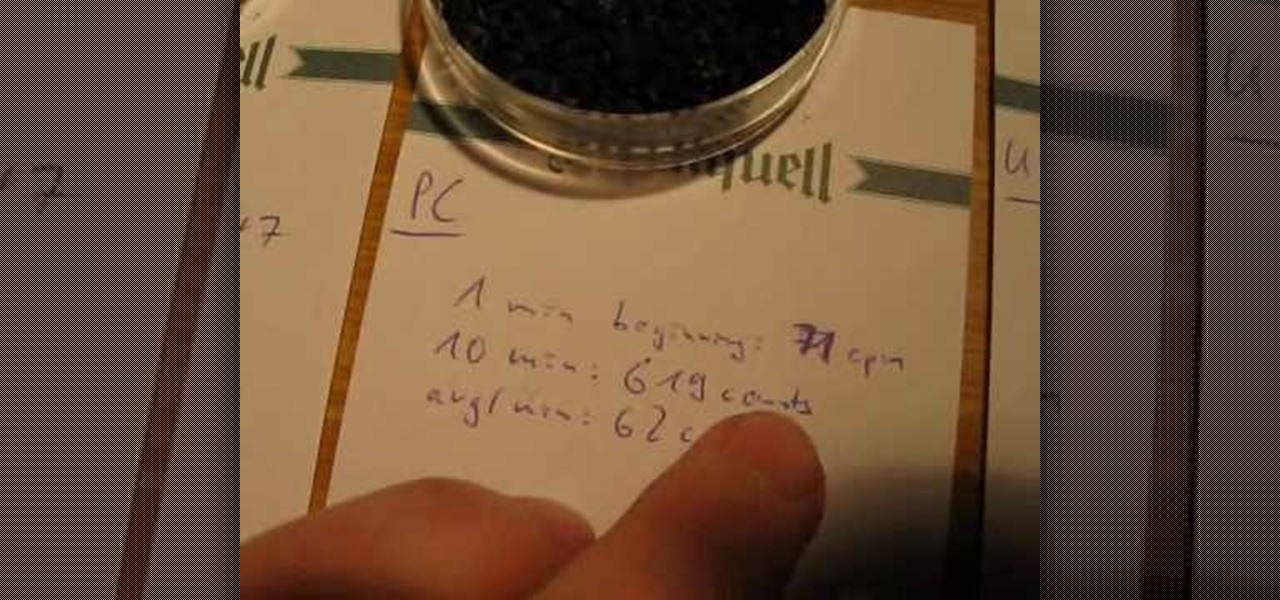
How To: Use an aquarium filter to detect the presence of radon
This free video science lesson from YouTube's bionerd23 demonstrates a simple technique for detecting the presence of radon, a radioactive noble gass. For all of the relevant details and detailed, step-by-step instructions, as well as to get started trying this experiment yourself, watch this home-science how-to.
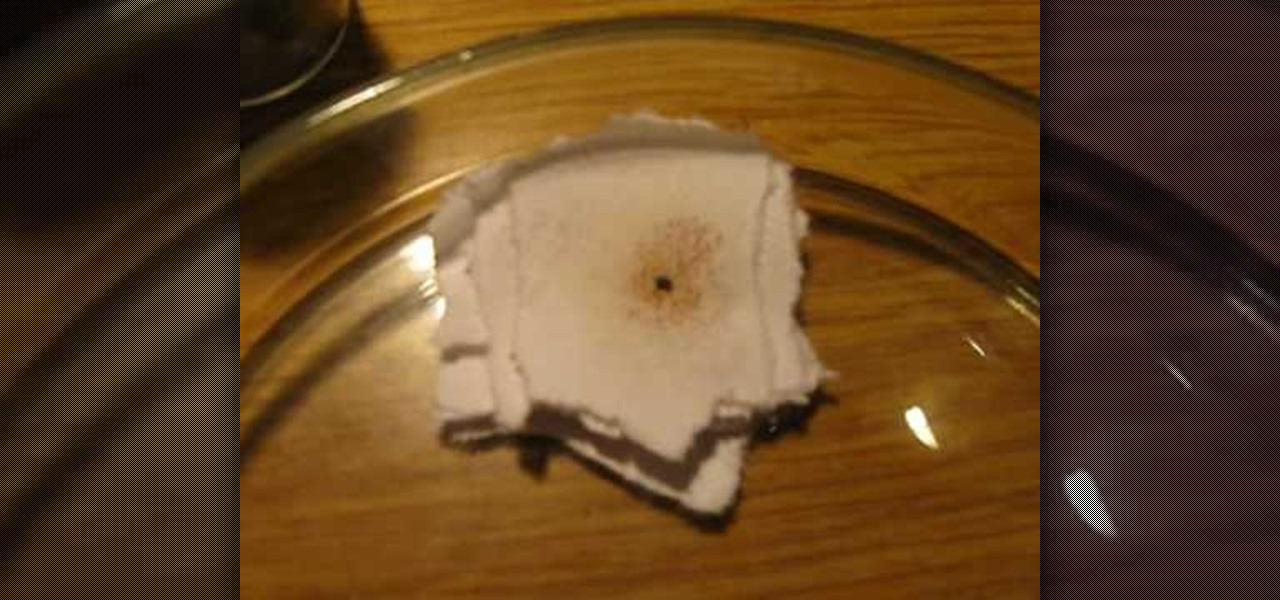
How To: Make fingerprints visible with iodine
This free video science lesson from YouTube's bionerd23 demonstrates a simple technique for making fingerprints visible with iodine. For all of the relevant details and detailed, step-by-step instructions, as well as to get started trying this experiment yourself, watch this home-science how-to.
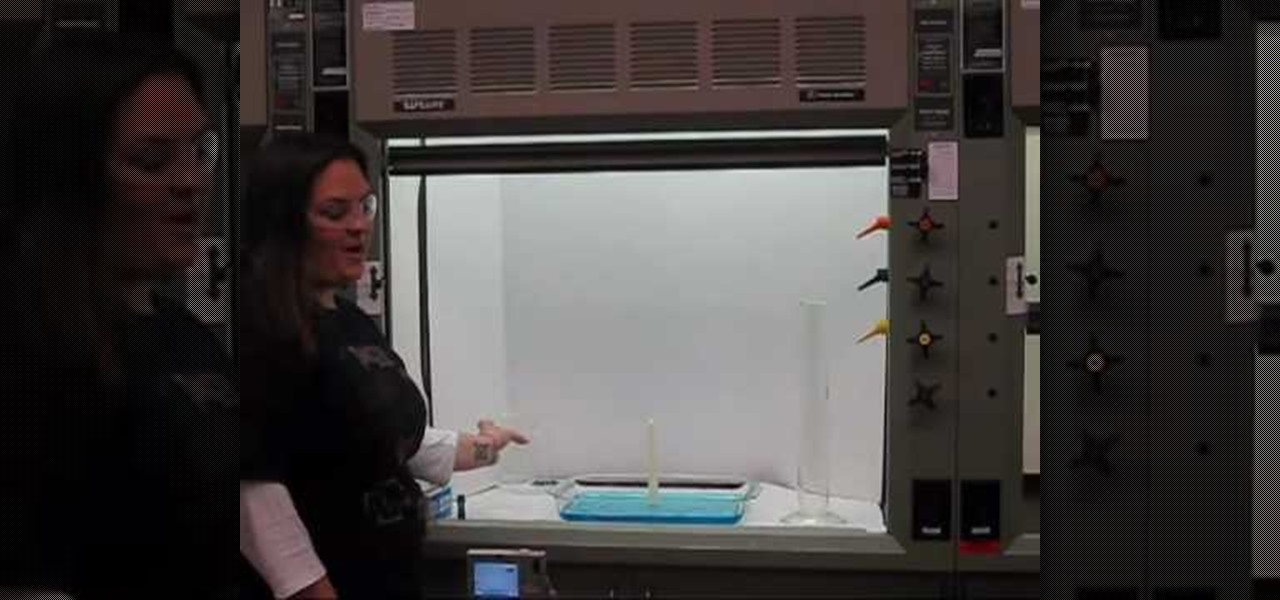
How To: Demonstrate the effects of heat on air pressure
This free video science lesson from Northern Kentucky University demonstrates a simple technique for demonstrating the effects of heat on air pressure by placing a candle within a graduated cylinder. For all of the relevant details, and a complete demonstration of the experiment itself, watch this video guide.
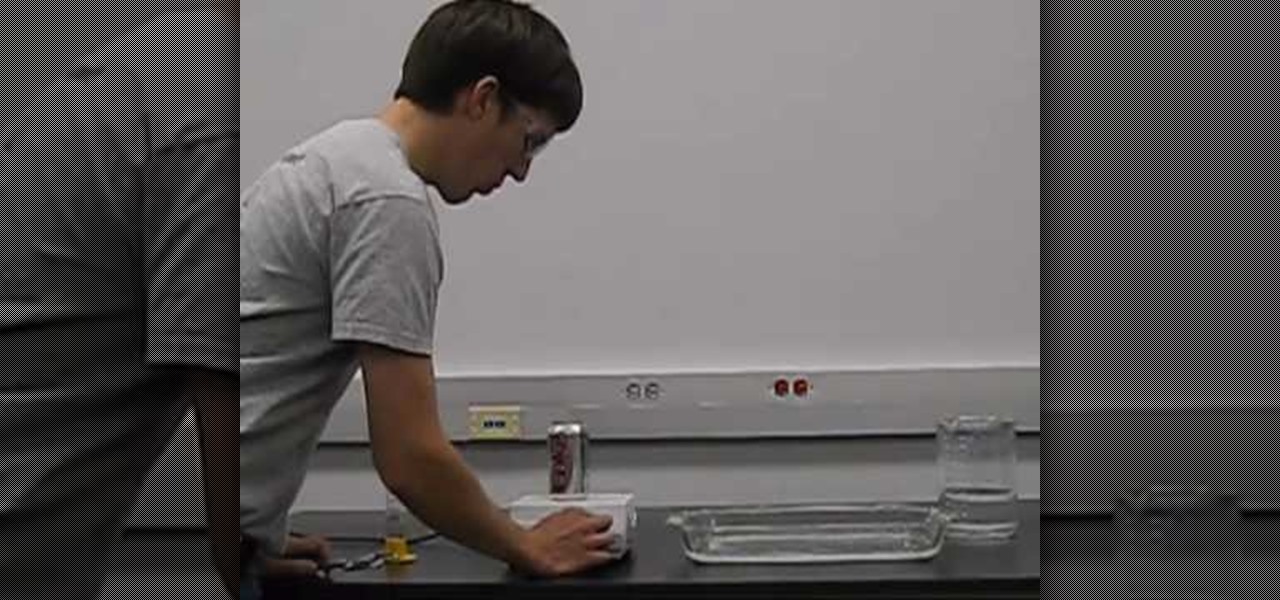
How To: Crush an aluminum can with air pressure
This free video science lesson from Northern Kentucky University demonstrates a simple technique for crushing an aluminum soda can with air pressure. For all of the relevant details, and a complete demonstration of the experiment itself, watch this video guide.
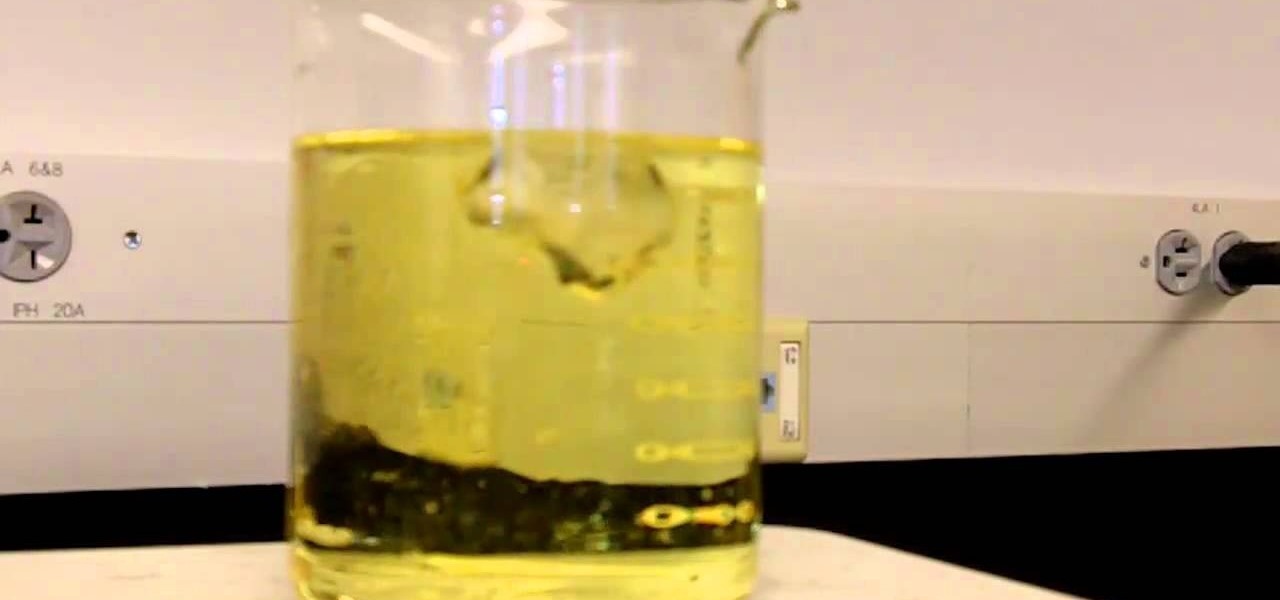
How To: Compare the densities of ice and vegetable oil
This free video science lesson from Northern Kentucky University demonstrates a simple experiment for comparing the density of ice—frozen water—to vegetable oil. For all of the relevant details, including a list of necessary materials, full step-by-step instructions, and a complete demonstration of the experiment itself, take a look.

How To: Work with simple SN1 reactions in organic chemistry
In this free video chemistry lesson from Salman Khan, we learn about SN1 reactions. Whether you need help studying for that next big test or could just use a hand finishing your homework, you're sure to be well served by this video lesson. For all of the details, take a look.

How To: Work with amines and SN2 reactions in organic chemistry
In this free video chemistry lesson from Salman Khan, we learn about amines and SN2 reactions. Whether you need help studying for that next big test or could just use a hand finishing your homework, you're sure to be well served by this video lesson. For all of the details, take a look.
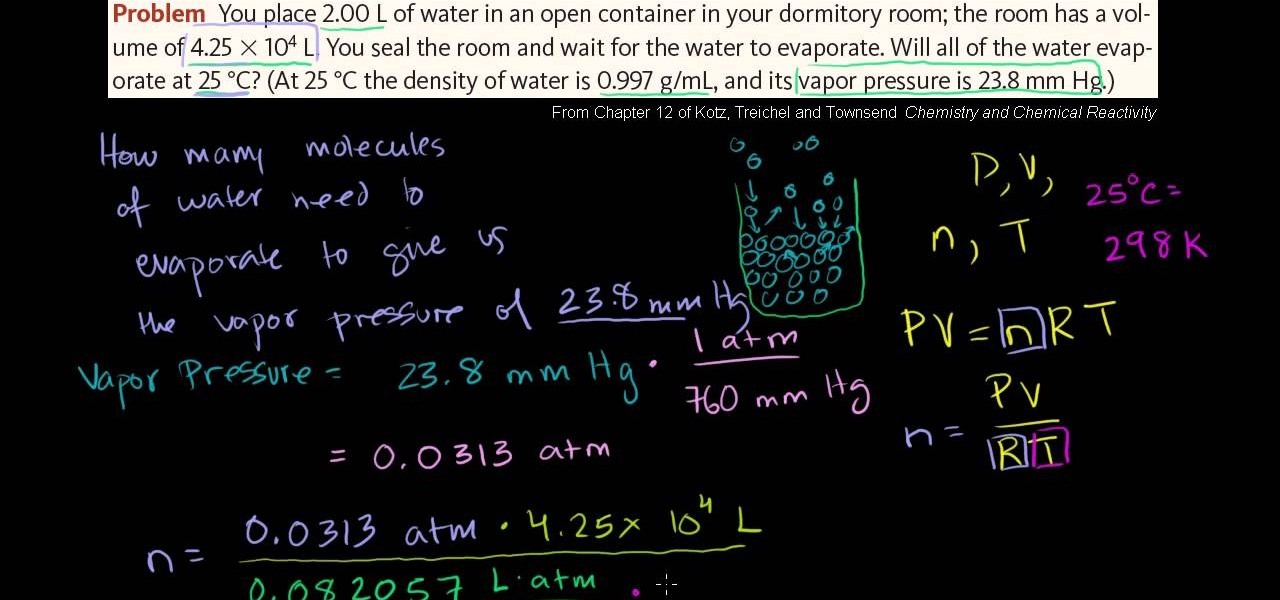
How To: Aooly the ideal gas law to calculate vapor pressure in chemistry
In this free video chemistry lesson from Salman Khan, we learn about vapor pressure and the ideal gas law. Whether you need help studying for that next big test or could just use a hand finishing your homework, you're sure to be well served by this video lesson. For all of the details, take a look.

How To: Work with Keto-Enol tautomerization in organic chemistry
In this free video chemistry lesson from Salman Khan, we learn about tKeto-Enol tautomerization in organic chemistry. Whether you need help studying for that next big test or could just use a hand finishing your homework, you're sure to be well served by this video lesson. For all of the details, take a look.
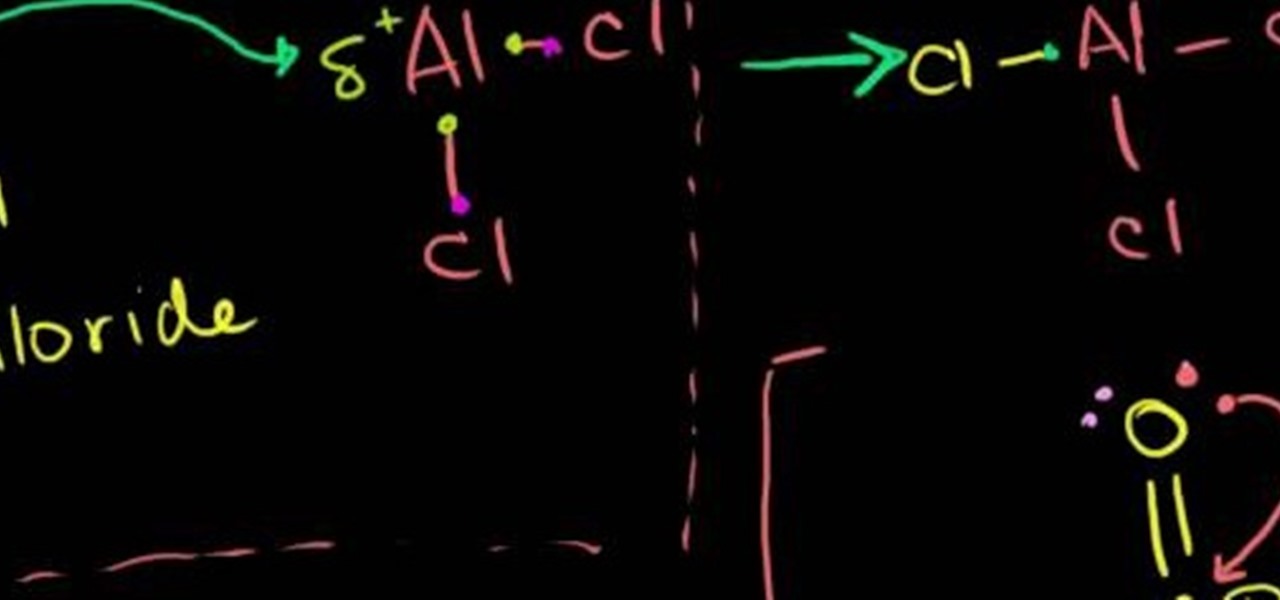
How To: Work with Friedel-Crafts acylation in organic chemistry
In this free video chemistry lesson from Salman Khan, we learn ahow to work with Friedel-Crafts acylation in organic chemistry. Whether you need help studying for that next big test or could just use a hand finishing your homework, you're sure to be well served by this video lesson. For all of the details, take a look.
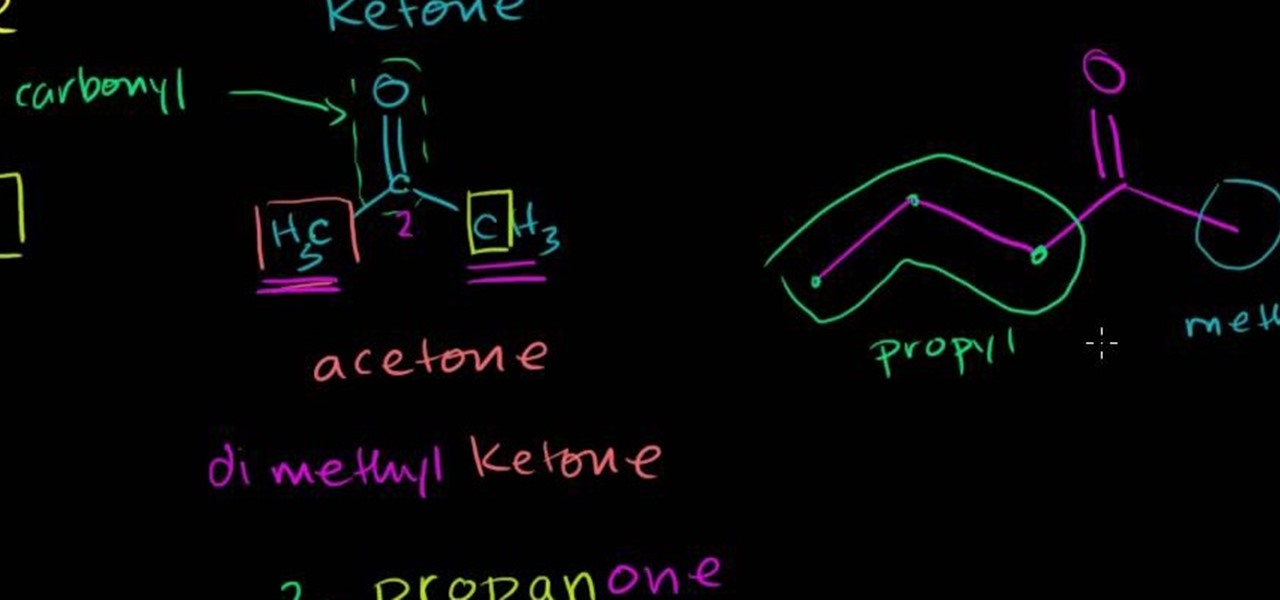
How To: Name ketones in organic chemistry
In this free video organic chemistry lesson from Salman Khan, we learn how to name ketones. Whether you need help studying for that next big test or could just use a hand finishing your homework, you're sure to be well served by this video lesson. For all of the details, take a look.

How To: Work with acid chloride formation in chemistry
In this free video chemistry lesson from Salman Khan, we learn about chloride acid formation. Whether you need help studying for that next big test or could just use a hand finishing your homework, you're sure to be well served by this video lesson. For all of the details, take a look.

How To: Understand Fisher esterification of carboxylic acids in chemistry
In this free video chemistry lesson from Salman Khan, we learn about Fisher esterification of carboxylic acids. Whether you need help studying for that next big test or could just use a hand finishing your homework, you're sure to be well served by this video lesson. For all of the details, take a look.

How To: Work with aldol reactions in chemistry
In this free video chemistry lesson from Salman Khan, we learn how to work with aldol reactions. Whether you need help studying for that next big test or could just use a hand finishing your homework, you're sure to be well served by this video lesson. For all of the details, take a look.
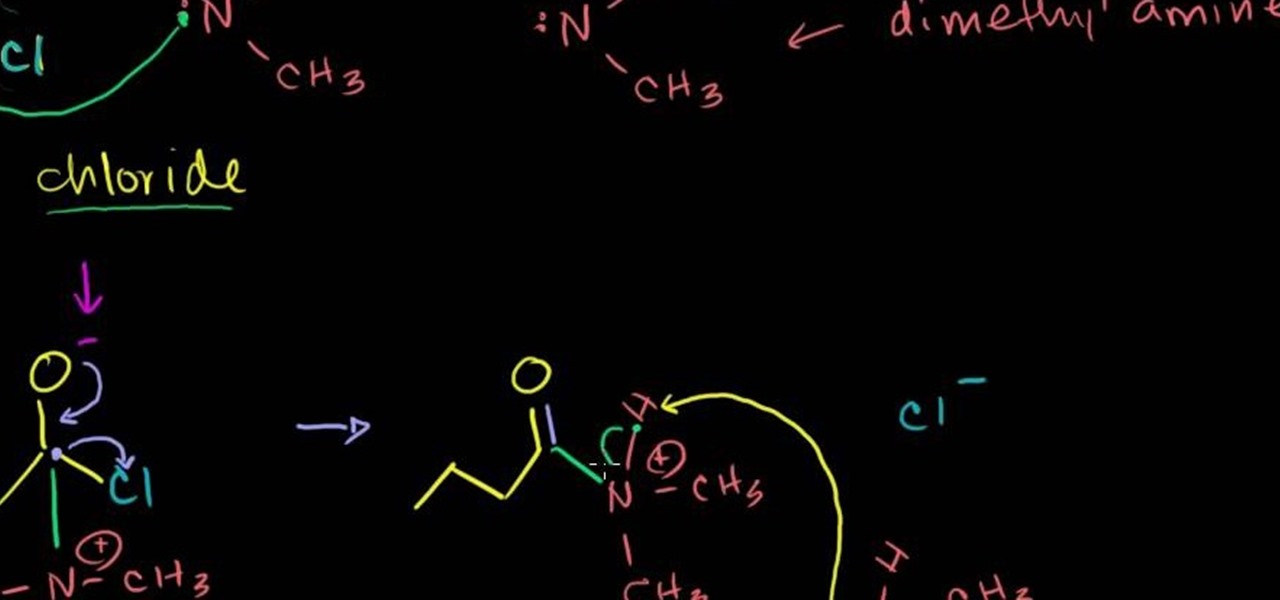
How To: Form amides from acyl chloride in chemistry
In this free video chemistry lesson from Salman Khan, we learn about amid formation from acyl chlorides. Whether you need help studying for that next big test or could just use a hand finishing your homework, you're sure to be well served by this video lesson. For all of the details, take a look.
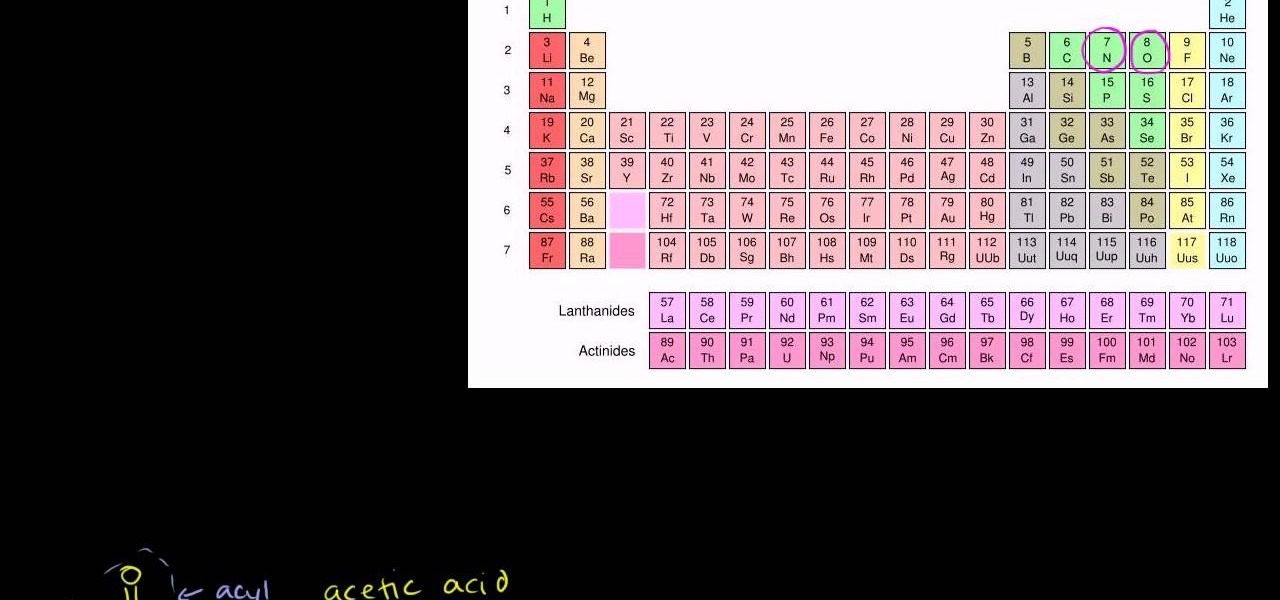
How To: Know the relative stability of amides, esters, anhydrides & acyl chlorides
In this free video chemistry lesson from Salman Khan, we learn about the relative stability of amides, esters, anhydrides & acyl chlorides. Whether you need help studying for that next big test or could just use a hand finishing your homework, you're sure to be well served by this video lesson. For all of the details, take a look.

How To: Test an organic substance for the presence of starch
In this home-science video tutorial, we learn how to test an organic substance for the presence of starch. For all of the details, including step-by-step instructions, and to get started testing for the presence of starch yourself, take a look.

How To: Name amines in physical chemistry
In this free video science lesson from Internet pedagogical superstar Salman Khan, you'll learn how to name amines. Whether you need help studying for that next big test or could just use a hand finishing your homework, you're sure to be well served by this video lesson. For more information, including detailed, step-by-step instructions, take a look.

How To: Work with cyclic ethers and name epoxides in physical chemistry
In this free video science lesson from Internet pedagogical superstar Salman Khan, you'll learn how to work with cyclic ethers and name epoxides. Whether you need help studying for that next big test or could just use a hand finishing your homework, you're sure to be well served by this video lesson. For more information, including detailed, step-by-step instructions, take a look.
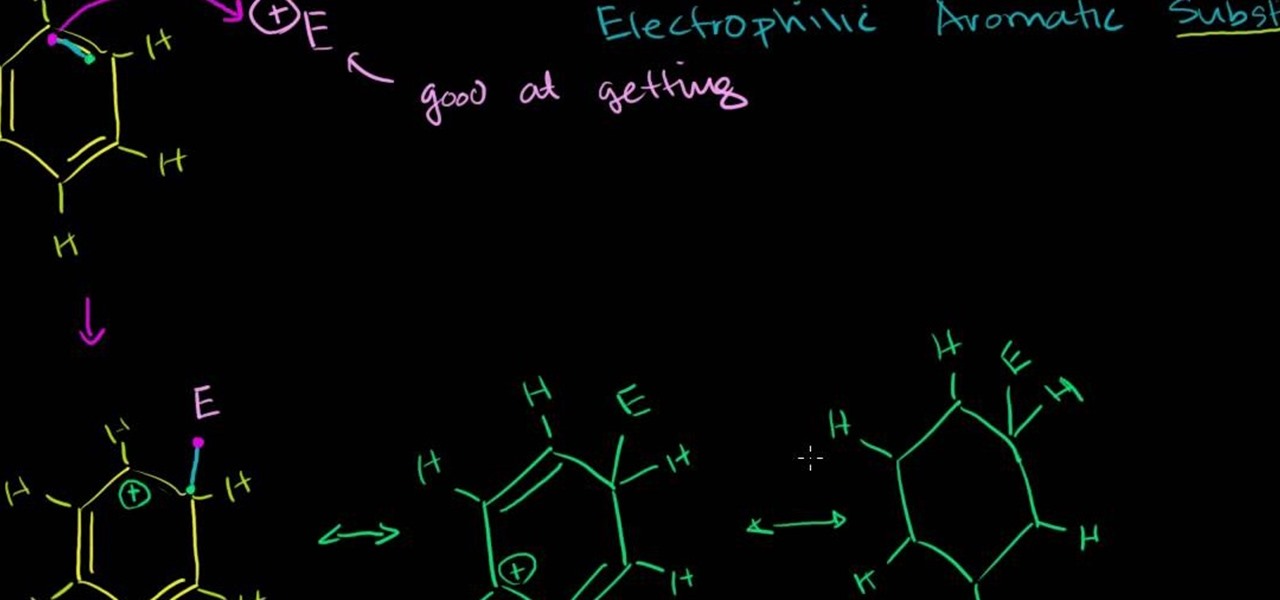
How To: Use electrophilic aromatic substitution in chemistry
In this free video science lesson from Internet pedagogical superstar Salman Khan, you'll learn how to use electrophilic aromatic substitution in chemistry. Whether you need help studying for that next big test or could just use a hand finishing your homework, you're sure to be well served by this video lesson. For more information, including detailed, step-by-step instructions, take a look.
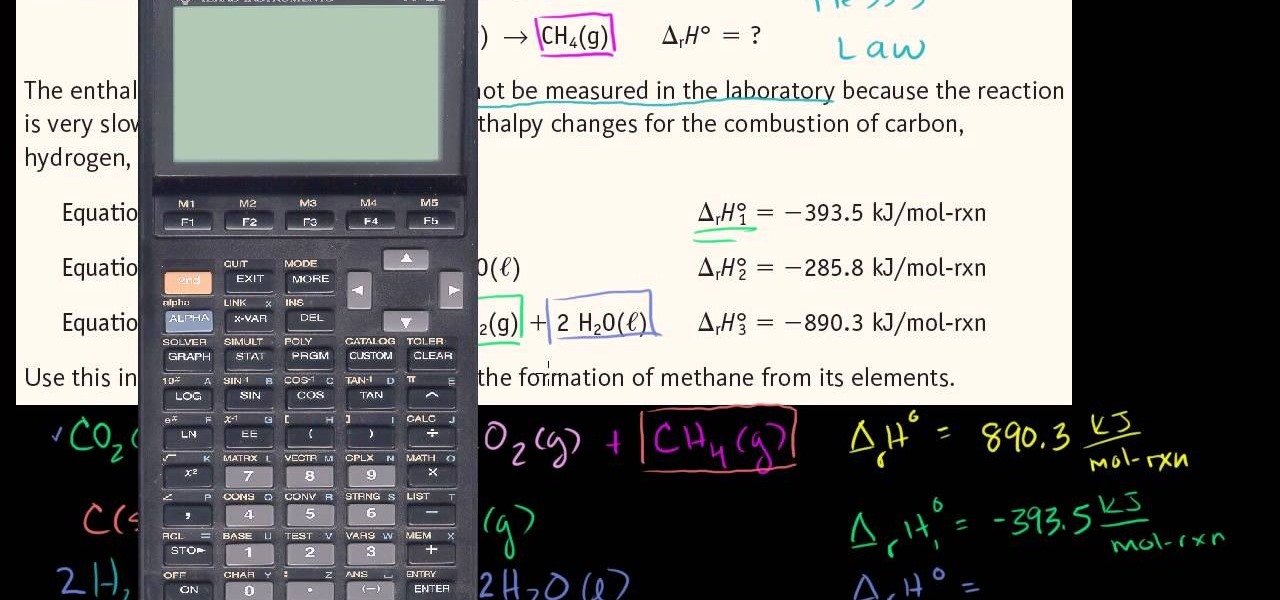
How To: Use Hess's law in physical chemistry
In this free video science lesson from Internet pedagogical superstar Salman Khan, we learn how to use Hess's law. Whether you need help studying for that next big test or could just use a hand finishing your homework, you're sure to be well served by this video lesson. For more information, including detailed, step-by-step instructions, take a look.
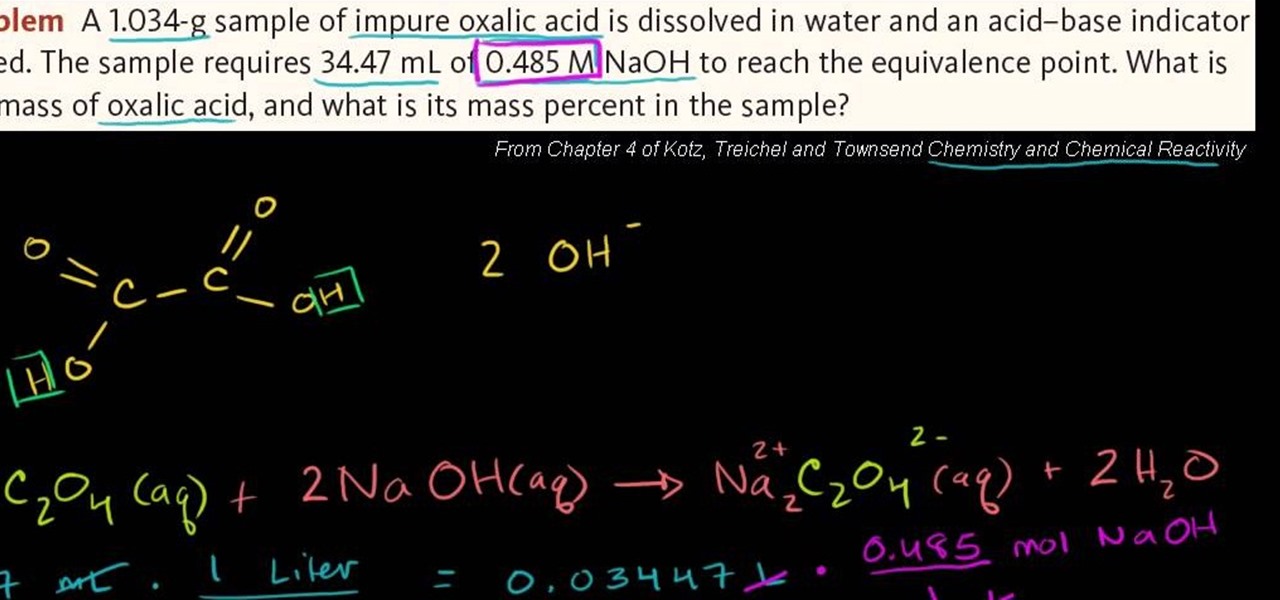
How To: Use acid-base titration to find the mass of oxalic acid
In this free video chemistry lesson from Salman Khan, we learn how to use acid-base titration to find the mass of oxalic acid. Whether you need help studying for that next big test or could just use a hand finishing your homework, you're sure to be well served by this video lesson. For more information, including detailed, step-by-step instructions, take a look.

News: It's Hot, It's Creamy. It's Three Course Gum as a Meal
Remember Willy Wonka's magical gum? Wonka promised the flavors of tomato soup, roast beef, baked potato, blueberry pie and ice cream. As the avid gum lover Violet Beauregarde tested it out, she exclaimed: “It’s hot and creamy, I can actually feel? it running down my throat!” Um, yum... I think. Good news. Wonka's three course chewing gum is finally a reality-in-the-works. Scientists at the Institute of Food Research (IFR) have been developing recent advances in nanotechnology, which could pot...
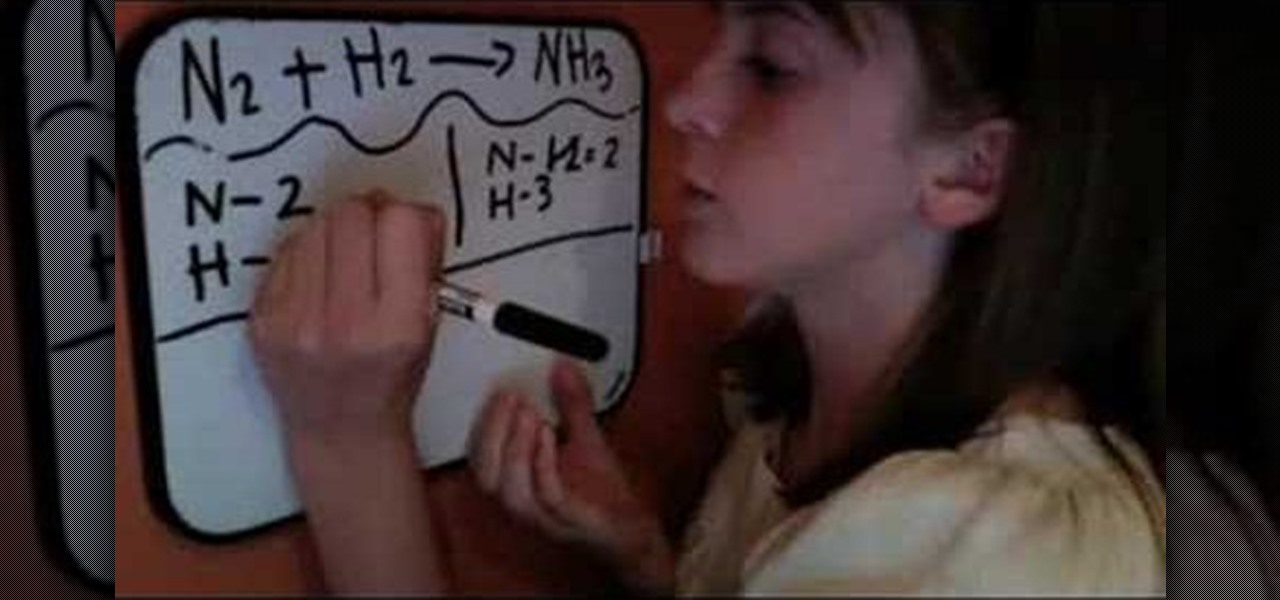
How To: Balance a chemical equation easily
In this video, we learn how to balance a chemical equation. First, take a look at both sides of the equation and figure out how many atoms there are for both. Once you write this out, you will have an idea of how unbalanced it is. Now that you've done this, you need to think about how you can make the equation equal. Look at the first line and then see how many you have to add to one side to make both equal to each other. Then, go to the second line and do the same. When finished, you will ha...
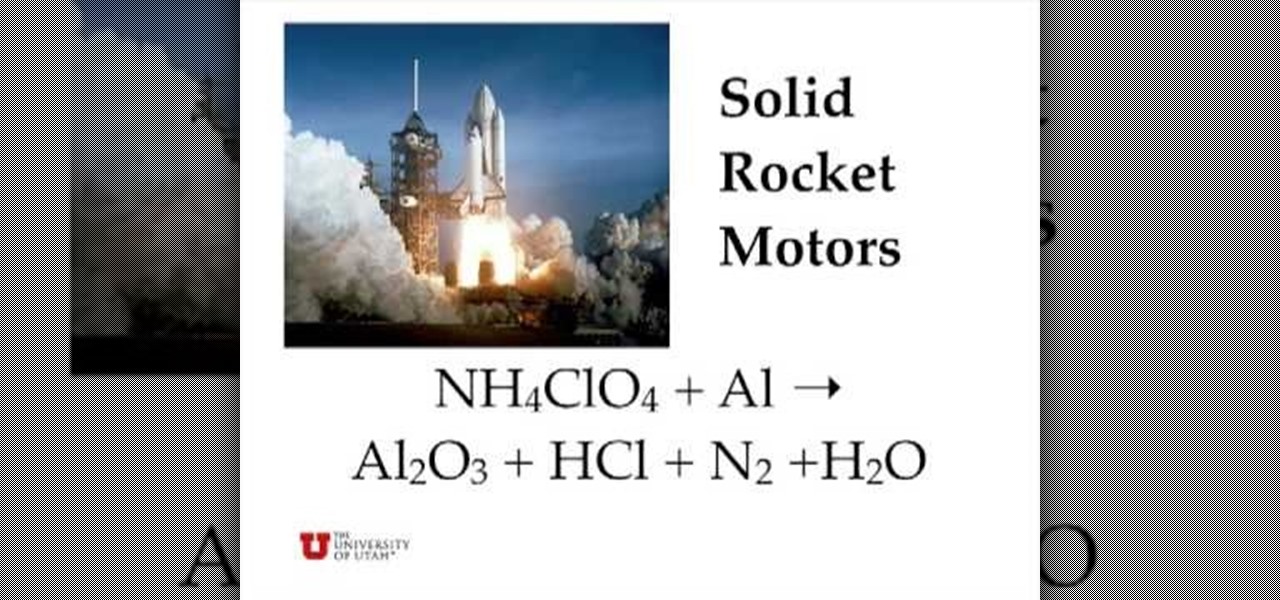
How To: Follow three rules to balance chemical equations
In this video, we learn how to follow three rules to balance chemical equations. The first rule is that you need to start by balancing elements that appear in only one reactant and one product. The second rule is that you need to multiply through by common factors. You must retain equal numbers of atoms of each element on both sides of the equation. The third rule is: if an atom appear in elemental form on one side of the equation, save it for last. Going over the rules of how the balance the...

How To: Balance chemical equations
n this tutorial, we learn how to balance chemical equations. This is a straight-forward concept to balance out both sides of the equation of chemicals. To start, you will need to analyze how many atoms in each chemical you have on each side. Once you do this, you will need to find what you can multiply by on each side to make them equal to the other side. Once you do this and have equal atoms on each side, then the equation will be equal. Remember that you cant have a half of an atom, so that...
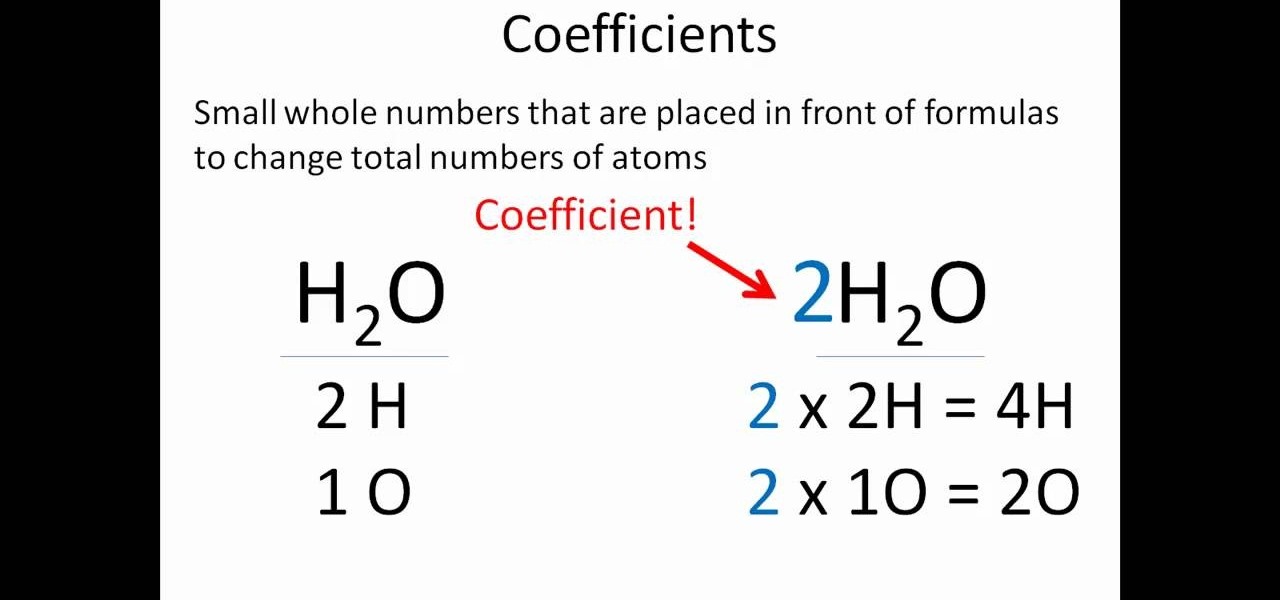
How To: Properly balance chemical equations
In this video, we learn how to properly balance chemical equations. You will see what substances are in each side of the equation. You will then need to count the atoms that are on each side of the chemical equation. Once you write down the number of atoms on each side, you will need to even them out. To do this, you need to change the coefficients within the equation. These change the total number of atoms inside of a chemical. Once you do this, you will add more to each atom present and the...
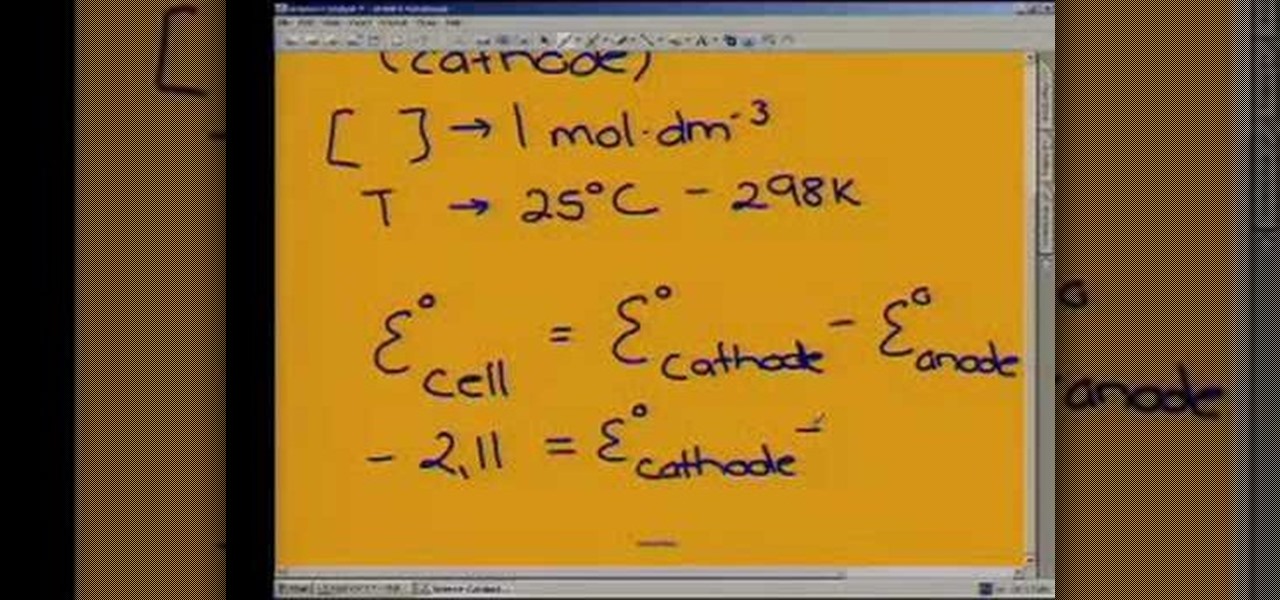
How To: Understand chemical change in chemistry
In this video we learn how to understand chemical change in Chemistry. When you start out, you must first figure out what your cathode and anode is in the equation. Then, read it out to find out if it's oxidized. Once you have this figured out, you can find the conditions of temperature you need to maintain the chemicals. You can figure this out b doing a basic equation for all of the chemicals. Fill this in with the correct information, then the answer will be done. Make sure you understand ...
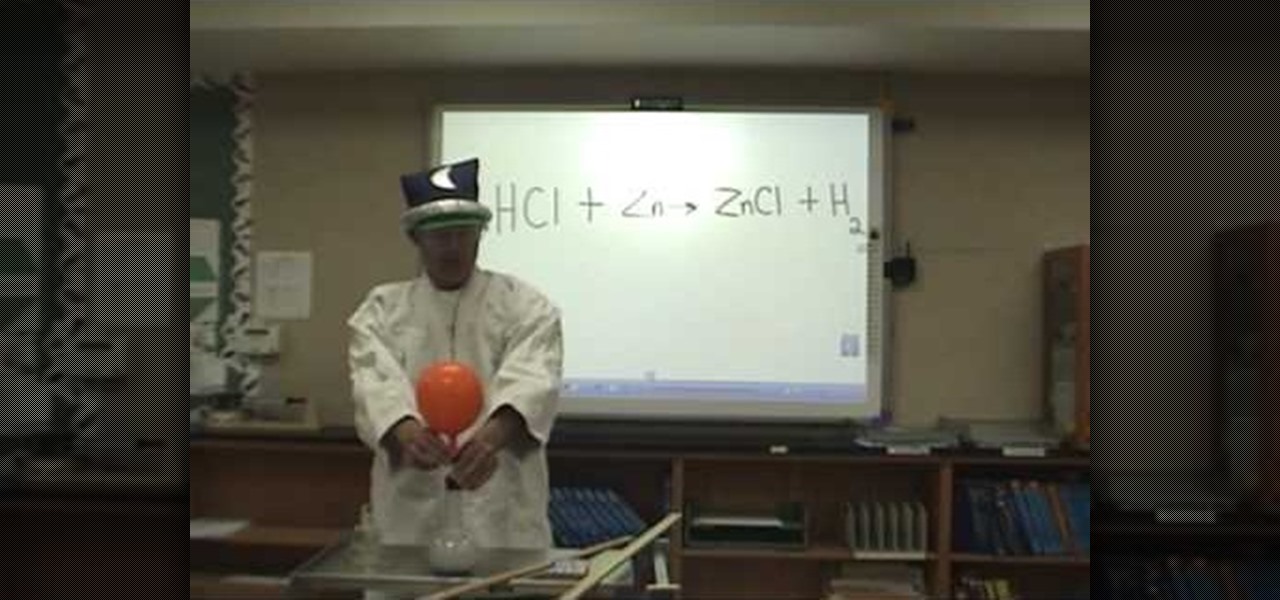
How To: Balance an easy chemical equation
In this video, we learn how to balance an easy chemical equation. You can do your equation by testing it out with the actual chemicals. Watch and see what the reaction is as they start to mix together. To balance this reaction out, you will need to analyze the number of atoms that each element has on both sides of the equation. For it to be balanced, you must have the same number of products and reactants in the equation. You cannot create or destroy matter, you can only change its form, so r...
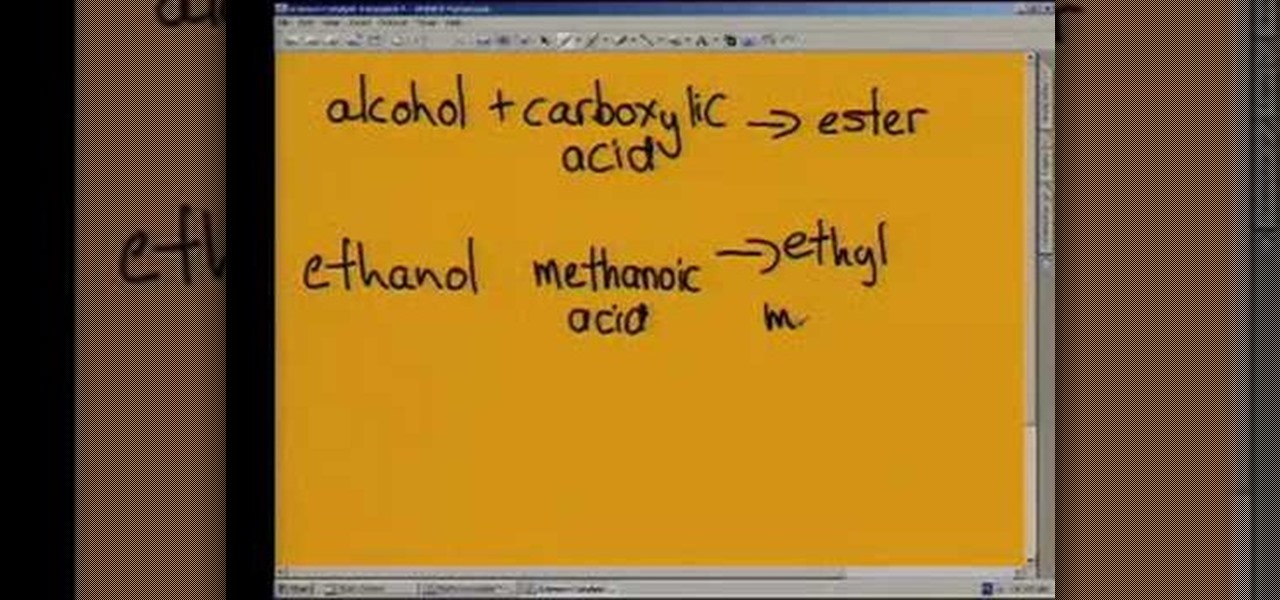
How To: Understand organic molecules in chemistry
In this video, we learn how to understand organic molecules in Chemistry. First, you will need to take a look at the chemicals that are inside of each of the different molecules. See how the molecules are made out and then see what number of different acids are inside of them. Once you learn this, you can see what the difference between this and other molecules are. This can all help you understand the beginning and end of what's inside of the molecules. If you aren't good at chemistry, you w...

News: What Happens When You Smash the Essence of Dynamite With a Hammer?
Nitroglycerin, otherwise known as the explosive essence of dynamite, is so sensitive AND powerfully explosive that when hit with a hammer, it creates "a supersonic shockwave and a flash of light almost too fast to film, even with the latest specialist cameras". In the blink of an eye (literally) extreme detonation occurs. Shooting super slo-mo is absolutely necessary (600x slower, to be exact).
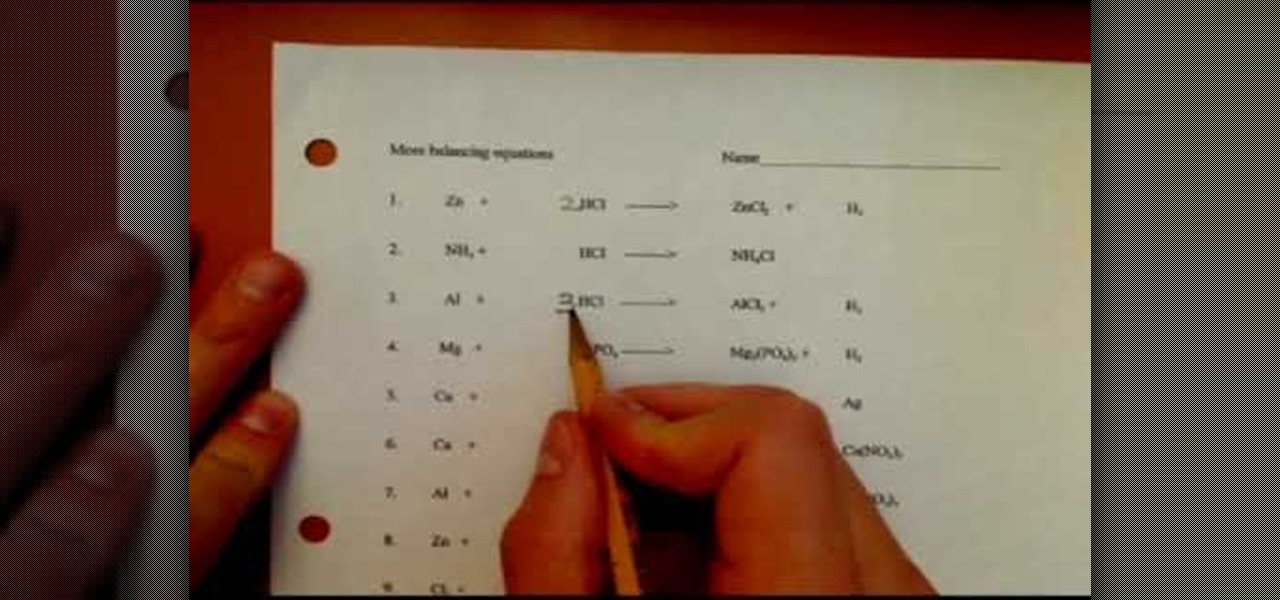
How To: Balance chemical equations with ease
In this video, we learn how to balance chemical equations with ease. First, you will need to take down the equation and find out how it is formed and how much each of the chemicals are in it. Draw a diagram if you need to so you have a visual key. If you figure out how many of each of the chemicals are in the equation, then you will know how to balance it out. You will make sure that both the right and left have the same number of chemicals and mass. Balance this out by adding in more chemica...

How To: Balance chemical equations the right way
In this tutorial, we learn how to balance chemical equations. The first thing you want to do is to draw a graph and label one side reactants and the other side products. Go through each of the atoms that are in your equation on both sides. Write out how many atoms are in each chemical. Then, find a common multiple that will give you and equal amount on each side of the equation. Continue to do this same for all the chemicals in your equation, then when you are finished write it out. Now you w...
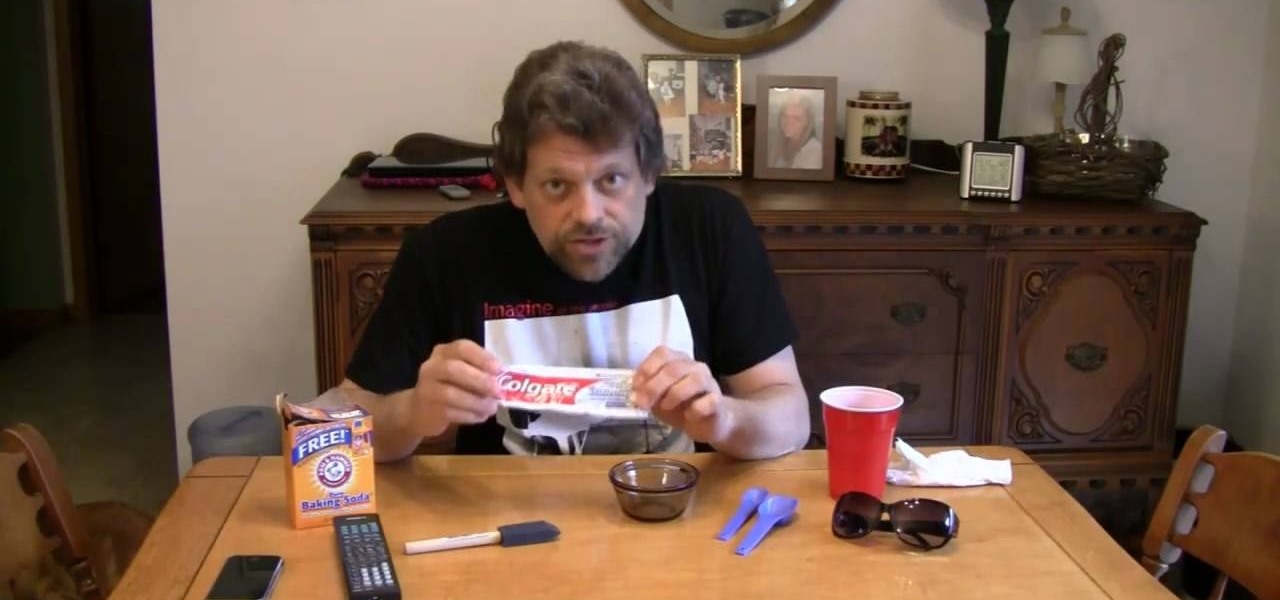
How To: Make faux night vision goggles at home
Ever wonder how to make your very own faux night vision goggles? Well, Mr. G shows you exactly how to make your own night vision "glasses". Step by step, soley using household products. This experiment is just too good to be true. A foolishly easy experiment that will make you laugh and cry at the same time. This video is just for fun, don't let it fool you!

How To: Perform knee replacement surgery
In this video we learn how to perform knee replacement surgery. The knee joint is accessed with an incision. Then, a number of different surgical tools will be used to perform the procedure. The part of the knee joint is removed first with surgical saws. Then, the artificial joint is put back into the area. Once this part is secured with screws, an insert will be joined in with it to keep it in place. The artificial joint is checked for the last time, then sutures are used to closed the joint...

News: Evil Mad Science Produces Frankenstein RatCar, Rat-Robot Hybrid
Relax PETA, it's not as evil as it looks (although those neural electrode implants do look painful).
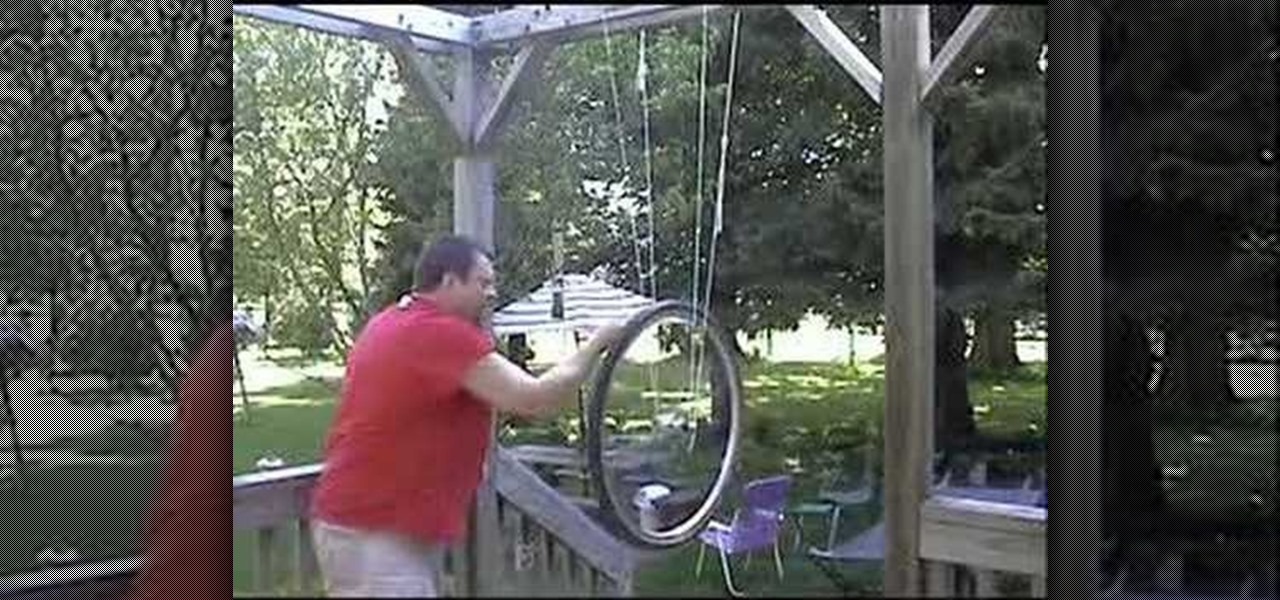
How To: Make a wheel spin with angular momentum & inertia
In this video, we learn how to make a wheel spin with angular momentum & inertia. You will need: a bicycle wheel, a lighter, and a couple of strings attached to the top of a deck. Now, take the bicycle wheel and hang it on the strings on both sides of the wheel. When you turn the wheel it will fall off of the strings. Start the wheel spinning again, then light one of the strings on fire. When you do this, the string will fall off but the wheel will keep on spinning while rotating. Do this exp...
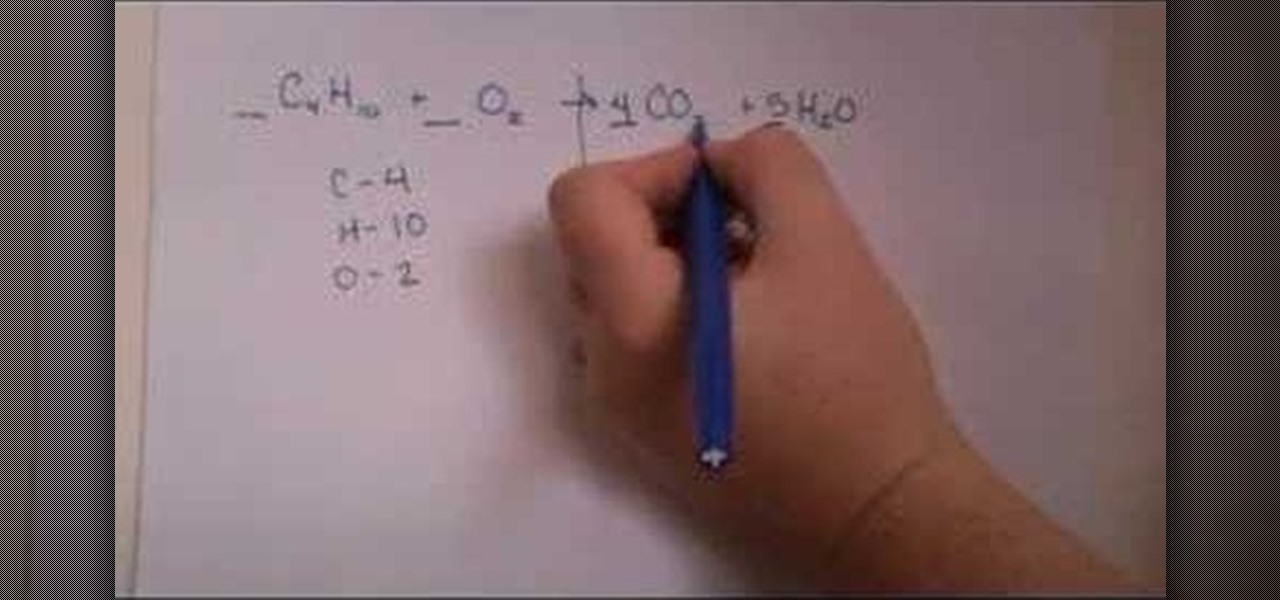
How To: Balance chemical equations properly
In this video, we learn how to easily balance chemical equations. There are two sides of a chemical equation, both must be equal to get the proper reaction. To balance these out, first write out the number of atoms that is on each element on each side of the equation. After this, you will need to find the multiple between the matching elements. Once you find this, you will be able to balance out the equation for each of the elements. When you do this, you will have the same mass and atoms on ...

How To: Make sodium bromate & potassium meta-periodate
This video tutorial is in the Education category which will show you how to make sodium bromate and potassium meta-periodate. This experiment uses toxic chemicals and releases harmful gases. First you have to make a saturated sodium bromide. To this solution then add a small amount of potassium dichromate. The solution now becomes concentrated. Then make the circuit as shown in the video. You need a 3 - 5 ohm resistor in order to reduce the current. Then let the cell run for around 6 hours. S...

How To: Balance chemical equations using a teacher's guide
In this video we learn how to balance chemical equations using a teacher's guide. A chemical equation is a brief way of summarizing what happens inside of a chemical reaction. When you mix up two different chemicals, they will create new types of chemicals in the equation. You have to take these new chemicals into equation when you are trying to balance it out. The mass on both sides must be the same as well as the number of different chemicals on each side of the equation. Try out practice e...







